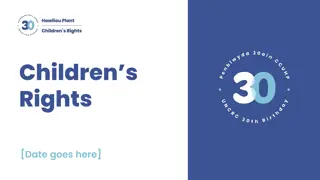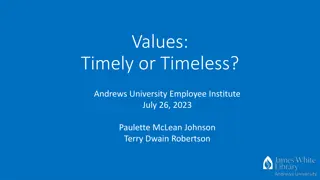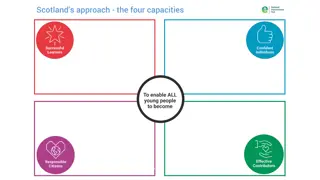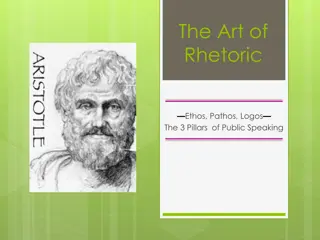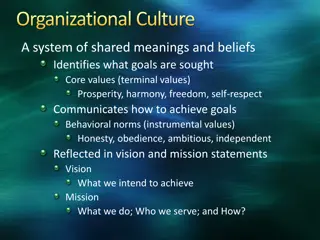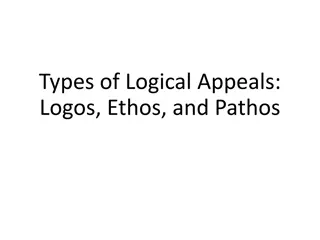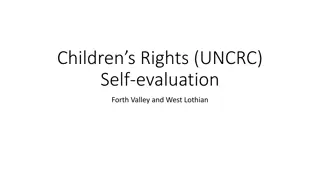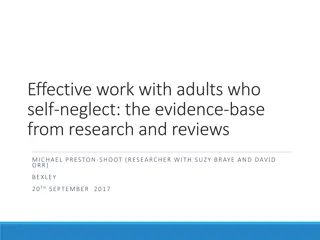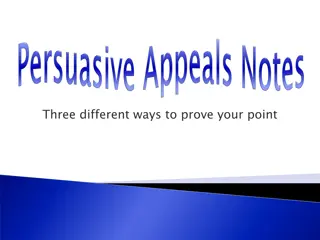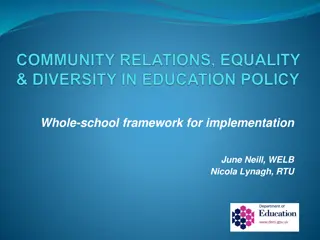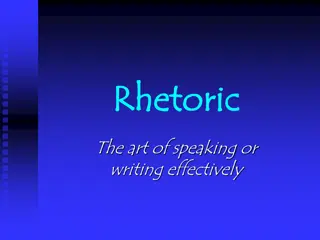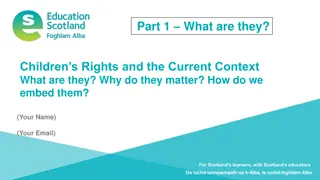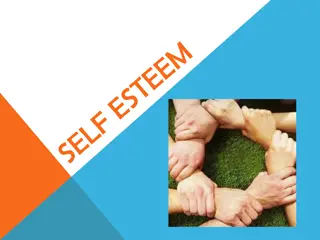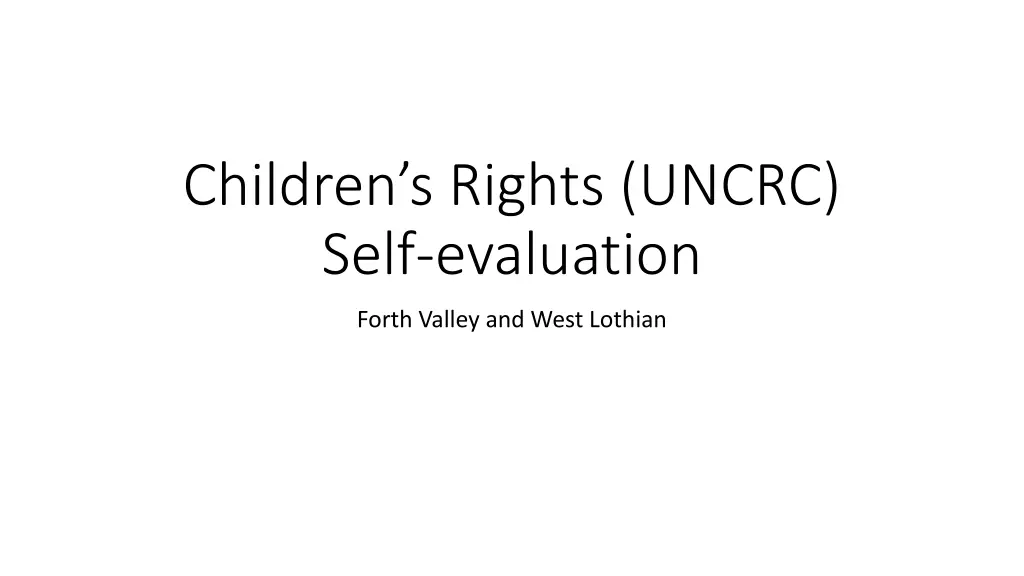
Children's Rights Self-evaluation in Education
Explore the incorporation of UNCRC into Scots law and its impact on educational settings through evaluative statements, practical examples, and discussion prompts. Enhance understanding and readiness for this integration to better support children's rights in practice.
Uploaded on | 0 Views
Download Presentation

Please find below an Image/Link to download the presentation.
The content on the website is provided AS IS for your information and personal use only. It may not be sold, licensed, or shared on other websites without obtaining consent from the author. If you encounter any issues during the download, it is possible that the publisher has removed the file from their server.
You are allowed to download the files provided on this website for personal or commercial use, subject to the condition that they are used lawfully. All files are the property of their respective owners.
The content on the website is provided AS IS for your information and personal use only. It may not be sold, licensed, or shared on other websites without obtaining consent from the author.
E N D
Presentation Transcript
Childrens Rights (UNCRC) Self-evaluation Forth Valley and West Lothian
Introduction UNCRC is set to be incorporated into Scots law This has implications for educational settings It is important that education settings are prepared for this incorporation by understanding what it means and how it will affect practice This resource is designed to support this understanding by providing: - evaluative statements - examples of what this looks like in practice - prompts to RAG each statement
Format/guidance on the use of this resource The following slides are adapted from the self evaluation document on Education Scotland s National Improvement hub page: Recognising and realising children s rights (see notes for link) The format is as follows: - 5 sections, each with around 5 evaluative statements - Evaluative statement and some ideas to consider - Discussion prompts to RAG the evaluative statement - What could RAG look like? (please note these are suggestions and are by no means exhaustive) - At the end of each section signposts to resources/training and examples of practice This can be used at in-service or staff meetings, to be discussed in small groups. You may wish to start with a different section that is most relevant to your setting A Microsoft Form has been created to enter and collate responses to the evaluative statements (see notes section) This is designed as a tool to be used in an ongoing way rather than as a whole powerpoint in one go.
Section 2: Culture, values and ethos Contents: Contents: a) Protecting, respecting and promoting children s rights is a priority for the establishment s leaders b) We have developed a vision and values for our establishment that has been developed by the whole school community. c) Our vision and values reflect and promote the rights of the child d) We ask pupils, parents, partners and staff about how well we demonstrate our vision and values e) We have explicitly linked our relationship strategy/policy (and all other relevant policies) to the articles of the UNCRC f) Articles displayed throughout the establishment have meaning and relevance Click to navigate to the relevant statement
Section 2: Culture, values and ethos a) Protecting, respecting and promoting children s a) Protecting, respecting and promoting children s rights is a priority for the establishment s leaders rights is a priority for the establishment s leaders Some ideas to consider Include as a priority on establishment improvement plan; Invite a steering group to lead this priority; Audit current knowledge of UNCRC; Raise awareness with stakeholders (assemblies; INSET make links with children protection; parent evenings etc); Establishment leaders contribute to full-staff presentation to invite further exploration of rights Discussion prompts: How well do our leaders prioritise protecting, respecting and promoting children s rights? How do we know? What evidence do we have? What else do we need to do? Back to Section 2 contents
What could red/amber/green look like? Red = not part of current practice Amber = ongoing development Green = consistent practice Almost all, or most members of staff / pupils are aware that respecting and promoting children s rights is a priority A few members of staff/ pupils are aware that respecting and promoting children s rights is a priority - Rights are discussed regularly, visible throughout school - Rights are included on improvement plans - Dedicated members of staff for children s rights - Pupils are involved in priority planning Less than half of staff/ pupils are aware that respecting and promoting children s rights is a priority ADD YOUR MICROSOFT FORM LINK HERE IF USING Now agree a rating for the above statement Back to Section 2 contents
Notes to capture discussions/evidence Add your evidence here Back to Section 2 contents
Signposts to further training/resources: Section 2: Culture, values and ethos a) Protecting, respecting and promoting children s rights is a priority for the establishment s leaders Example of steering group (Longniddry and Harlaw) Link to Microsoft form to duplicate (see notes on how to do this) - Parent survey Pupil survey Staff survey Assembly ideas for primary schools INSET activities (see further training in Section 1) Back to Section 2 contents
Section 2: Culture, values and ethos Examples of practice: Coming soon not yet complete see Home The Inspiration Hub a) Protecting, respecting and promoting children s rights is a priority for the establishment s leaders Back to Section 2 contents
Section 2: Culture, values and ethos b) We have developed a vision and values for our b) We have developed a vision and values for our establishment that has been developed by the whole establishment that has been developed by the whole school community. school community. Some ideas to consider Consult stakeholders in reviewing establishment s values and vision, ensuring that the UNCRC is highlighted Review values and vision in light of the UNCRC and make any links explicit Use values and vision as a self-evaluation tool with stakeholders to audit current practice and plan for future action Discussion prompts: How well do have our vision and values been developed by the whole school community? How do we know? What evidence do we have? What else do we need to do? Back to Section 2 contents
What could red/amber/green look like? Red = not part of current practice Amber = ongoing development Green = consistent practice Almost all, or most members of staff / pupils/community were involved in the development of vision and values A few members of staff/ pupils/community were involved in the development of vision and values - Pupils, staff and members of the community were involved in creating vision and values - UNCRC links are explicit within the vision and values - Vision and values are used as a self-evaluation tool Less than half of staff/ pupils/community were involved in the development of vision and values ADD YOUR MICROSOFT FORM LINK HERE IF USING Now agree a rating for the above statement Back to Section 2 contents
Notes to capture discussions/evidence Add your evidence here Back to Section 2 contents
Section 2: Culture, values and ethos c) Our vision and values reflect and promote the c) Our vision and values reflect and promote the rights of the child rights of the child Some ideas to consider Consult stakeholders in reviewing establishment s values and vision, ensuring that the UNCRC is highlighted Review values and vision in light of the UNCRC and make any links explicit Use values and vision as a self-evaluation tool with stakeholders to audit current practice and plan for future action Discussion prompts: How well do have our vision and values reflect and promote the rights of the child? How do we know? What evidence do we have? What else do we need to do? Back to Section 2 contents
What could red/amber/green look like? Red = not part of current practice Amber = ongoing development Green = consistent practice Almost all, or most members of staff / pupils can articulate how the vision and values reflect and promote the rights of the child A few members of staff/ pupils can articulate how the vision and values reflect and promote the rights of the child - Vision and values have been reviewed in light of UNCRC - Explicit links to UNCRC throughout the vision and values - Vision and values are embodied in all activity and interactions in the setting Less than half of staff/ pupils can articulate how the vision and values reflect and promote the rights of the child ADD YOUR MICROSOFT FORM LINK HERE IF USING Now agree a rating for the above statement Back to Section 2 contents
Notes to capture discussions/evidence Add your evidence here Back to Section 2 contents
Section 2: Culture, values and ethos d) We ask pupils, parents, partners and staff about d) We ask pupils, parents, partners and staff about how well we demonstrate our vision and values how well we demonstrate our vision and values Some ideas to consider Consult stakeholders in reviewing establishment s values and vision, ensuring that the UNCRC is highlighted Review values and vision in light of the UNCRC and make any links explicit Use values and vision as a self-evaluation tool with stakeholders to audit current practice and plan for future action Discussion prompts: How well do have our vision and values been developed by the whole school community? How do we know? What evidence do we have? What else do we need to do? Back to Section 2 contents
NOT SURE THIS IS RIGHT - DO WE REALISTICALLY THINK ALL PUPILS/STAFF SHOULD BE CONSULTED? What could red/amber/green look like? Red = not part of current practice Amber = ongoing development Green = consistent practice Almost all, or most pupils/ parents/ staff/partners have been asked how well we demonstrate our vision and values A few pupils/ parents/ staff/partners have been asked how well we demonstrate our vision and values Less than half of pupils/ parents/ staff/partners have been asked how well we demonstrate our vision and values - Pupils, staff and members of the community are asked how well we demonstrate our vision and values - When consulted, they were aware of UNCRC links ADD YOUR MICROSOFT FORM LINK HERE IF USING Now agree a rating for the above statement Back to Section 2 contents
Notes to capture discussions/evidence Add your evidence here Back to Section 2 contents
Signposts to further training/resources: Section 2: Culture, values and ethos b) We have developed a vision and values for our establishment that has been developed by the whole school community. Example of values and vision and process for consulting stakeholders (Longniddry) Gathering the views of children and young people - Highland toolkit Dignity in schools self-assessment tool Children s Parliament c) Our vision and values reflect and promote the rights of the child d) We ask pupils, parents, partners and staff about how well we demonstrate our vision and values Back to Section 2 contents
Section 2: Culture, values and ethos Examples of practice: Coming soon not yet complete see Home The Inspiration Hub b) We have developed a vision and values for our establishment that has been developed by the whole school community. c) Our vision and values reflect and promote the rights of the child d) We ask pupils, parents, partners and staff about how well we demonstrate our vision and values Back to Section 2 contents
Section 2: Culture, values and ethos e) We have explicitly linked our relationship e) We have explicitly linked our relationship strategy/policy (and all other relevant policies) to the strategy/policy (and all other relevant policies) to the articles of the articles of the UNCRC UNCRC Some ideas to consider Evaluate current policies in light of UNCRC to identify needs and next steps Discussion prompts: How well have we linked our relationship (and all other relevant policies) to the articles of the UNCRC? How do we know? What evidence do we have? What else do we need to do? Back to Section 2 contents
What could red/amber/green look like? Red = not part of current practice Amber = ongoing development Green = consistent practice Almost all, or most relevant policies have been re-visited and explicit links made to UNCRC A few relevant policies have been re-visited and explicit links made to UNCRC Less than half of relevant policies have been re-visited and explicit links made to UNCRC - Relationship policy is linked explicitly to UNCRC - Other relevant policies are linked explicitly to UNCRC - All other policies have been reviewed in light of UNCRC ADD YOUR MICROSOFT FORM LINK HERE IF USING Now agree a rating for the above statement Back to Section 2 contents
Notes to capture discussions/evidence Add your evidence here Back to Section 2 contents
Signposts to further training/resources: Section 2: Culture, values and ethos e) We have explicitly linked our relationship strategy/policy (and all other relevant policies) to the articles of the UNCRC Policy guidance document Back to Section 2 contents
Section 2: Culture, values and ethos Examples of practice: Coming soon not yet complete see Home The Inspiration Hub e) We have explicitly linked our relationship strategy/policy (and all other relevant policies) to the articles of the UNCRC Back to Section 2 contents
Section 2: Culture, values and ethos f) Articles displayed throughout the f) Articles displayed throughout the establishment have meaning and relevance establishment have meaning and relevance Some ideas to consider Explicitly highlight the articles which link to the work and life of the school; explicitly inform stakeholders about your rights-based practice Discussion prompts: Are articles displayed throughout the establishment? And do they have meaning and relevance? How do we know? What evidence do we have? What else do we need to do? Back to Section 2 contents
What could red/amber/green look like? Red = not part of current practice Amber = ongoing development Green = consistent practice Articles are meaningfully displayed in a all or almost all areas of the establishment Articles are meaningfully displayed in a few areas of the establishment Articles are meaningfully displayed in a less than half of the areas in the establishment - Articles are displayed meaningfully, and are tangible and relevant to young people s lives - Stakeholders (including parents) can see the articles when they visit and know why they are there ADD YOUR MICROSOFT FORM LINK HERE IF USING Now agree a rating for the above statement Back to Section 2 contents
Notes to capture discussions/evidence Add your evidence here Back to Section 2 contents
Signposts to further training/resources: Section 2: Culture, values and ethos f) Articles displayed throughout the establishment have meaning and relevance Underpinning articles: 2, 3, 6, 12 (link to summary of UNCRC) Example of letter to parents, partners, pupils, support staff (including janitorial, catering staff etc.) communicating rights based practice (STILL TO BE ADDED) Back to Section 2 contents
Section 2: Culture, values and ethos Examples of practice: Coming soon not yet complete see Home The Inspiration Hub e) We have explicitly linked our relationship strategy/policy (and all other relevant policies) to the articles of the UNCRC Back to Section 2 contents



